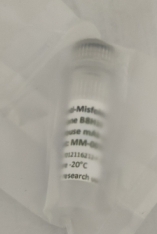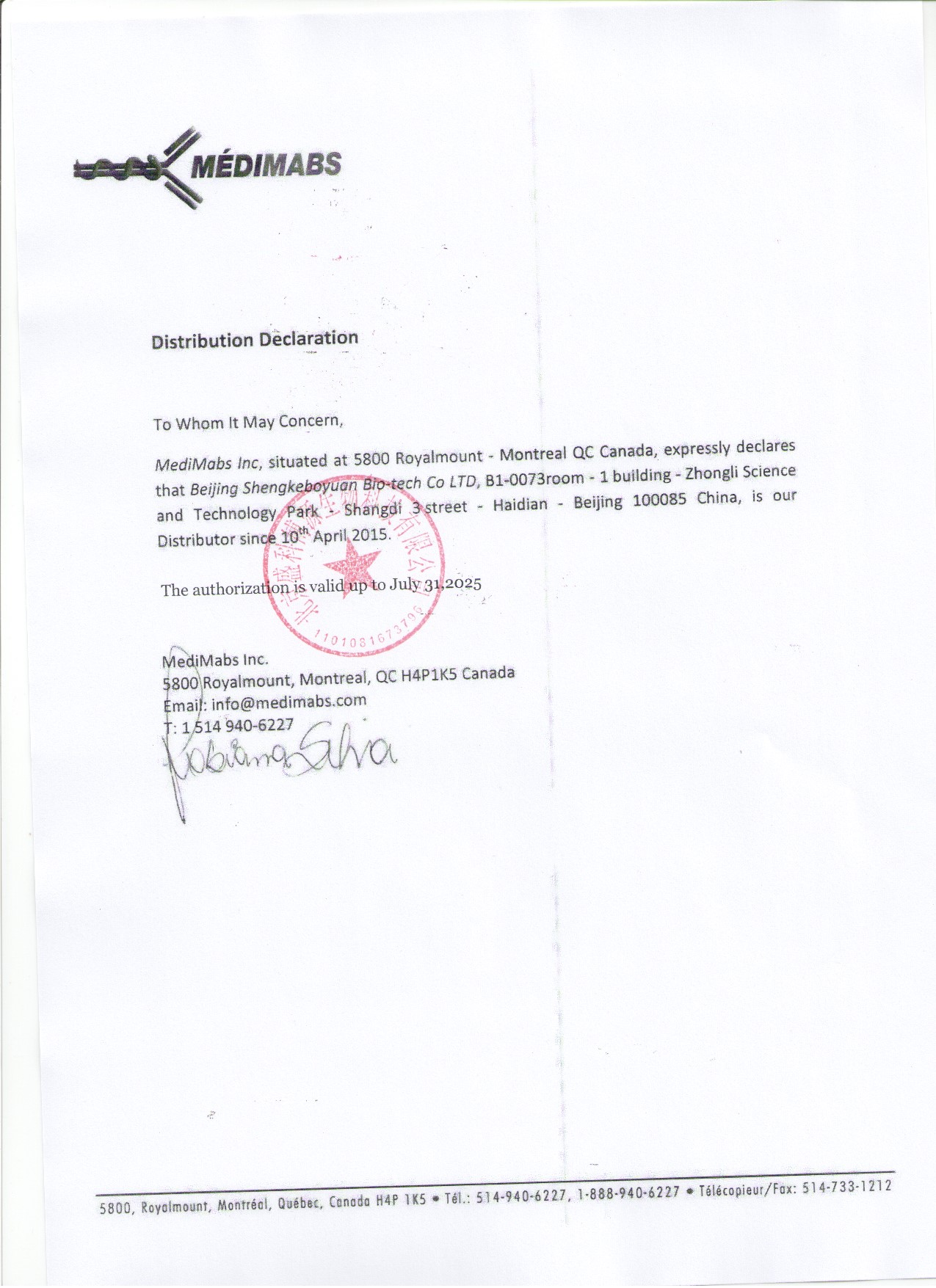 首页>
生物试剂
首页>
生物试剂
商家描述
商家资质信息
产品评价(0)
Target
BACE-1
Target background
The function of beta-secretase converting enzyme (BACE) has been identified as the initial step in the formation of harmful amyloid-beta peptides from the amyloid-beta precursor protein linked to Alzheimer’s disease. Transgenic mice with a deficiency of the enzyme BACE lack these amyloid-beta peptide formation peptides, suggesting a crucial role for BACE-1 in the neurodegeneration prevalent in Alzheimer’s patients. In order to reach its mature, functional state, the protein BACE-1 must undergo several modifications, including a multimerization step. The consequent activity of BACE-1 has been found to be regulated by two specific aspartic protease active site motifs.
Target alias
Beta-secretase 1, Beta-site amyloid precursor protein cleaving enzyme 1, Beta-site APP cleaving enzyme 1, Membrane-associated aspartic protease 2, Memapsin-2, Aspartyl protease 2, and ASP2
Immunogen
Synthetic peptide in the N-terminal active site of human BACE-1.
Specificity
The antibody recognizes the N-terminal active site BACE-1.
Clone ID
21C5_F11
Isotype
IgG1 kappa
Preservative
None
Format
Purified with protein G, stored in PBS pH 7.4 and lyophilized.
Recommend starting dilution
Reconstitute with deionized water. Optimal dilution has to be determined by the user.
Limitations
Research Use Only
Storage
Lyophilized antibodies can be kept at 4ºC for up to 3 months and should be kept at -20ºC for long-term storage (2 years). To avoid freeze-thaw cycles, reconstituted antibodies should be aliquoted before freezing for long-term (1 year) storage (-80ºC) or kept at 4ºC for short-term usage (2 months). For maximum recovery of product, centrifuge the original vial prior to removing the cap. Further dilutions can be made with the assay buffer. After the maximum long-term storage period (2 years lyophilized or 1 year reconstituted) antibodies should be tested in your assay with a standard sample to verify if you have noticed any decrease in their efficacy. To limit antibody loss or degradation, BSA (final concentration 1%) and sodium azide (final concentration 0.02%) can be added to the suggested first dilution. It is important to first verify if those preservatives are compatible with your assay.
 会员登录
会员登录.getTime()%>)
 购物车()
购物车()

 成功收藏产品
成功收藏产品
